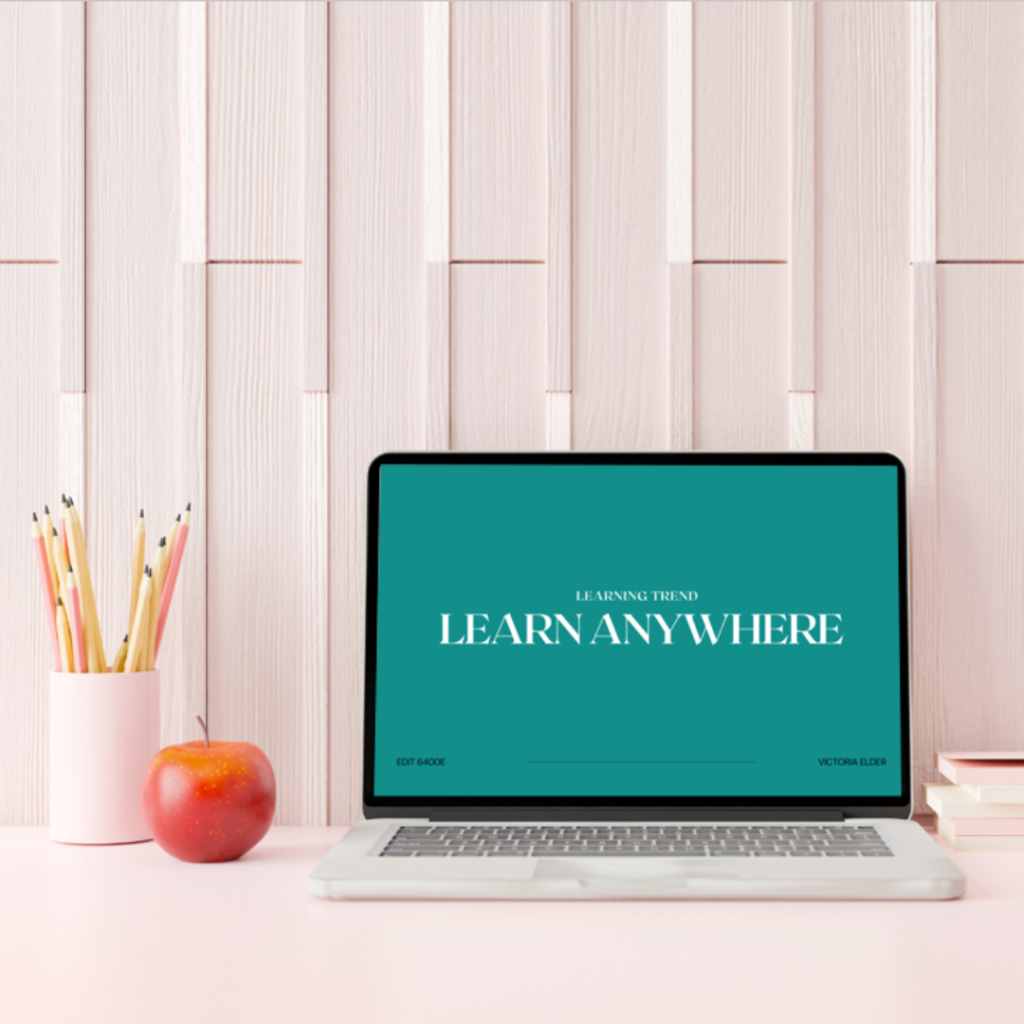Professional
Foundations
In this section, Professional Foundations, I will present artifacts to showcase my ability to use a wide range of instructional design techniques. These techniques include applying learning theories, technical knowledge, and effective communication in instructional design.

CDC Collateral Duty Safety Officer training Lesson plan
Overview
The CDC Collateral Duty Safety Officer (CDSO) Facilitator and Student Guide development project exemplifies my ability to deliver products showcasing effective written communication skills of instruction and providing training to a small and specialized target audience.
Course Information
EDIT 6170 – Dr. Jill Stefaniak
Target Audience: CDC Collateral Duty Safety Officers
Industry: Government, Safety
Responsibilities: Instructional Design, Content Development, Editor
Tools Used: Canva, Microsoft Word, Microsoft PowerPoint, PresenterMedia
Project Summary
This project was part of a larger initiative that emphasized the crucial role of instructional design in creating comprehensive classroom training materials for effective communication of complex information. Through the development of customized facilitator and student guides, I showcased my expertise in instructional design, training delivery, and the importance of clear and concise written communication in facilitating successful learning experiences.
The focus of this project was to equip CDC Collateral Duty Safety Officers (CDSOs) with the necessary skills to construct and submit accurate incident reports. These reports play a vital role in identifying and addressing workplace hazards promptly, ensuring proactive measures are taken to prevent injuries or illnesses. The lessons provided practical guidance on reportable events, creating high-quality incident reports, capturing essential details, and utilizing the appropriate submission methods. The target audience consisted primarily of specialized safety personnel at the CDC in Atlanta, who hold the responsibility of maintaining a safe work environment.
By utilizing visual, oral, and written communication techniques, this project effectively catered to the unique needs of the CDSOs. Their role involved overseeing safety practices within their assigned areas or sites, supporting the documentation and submission of incident reports, and focusing on preventing serious injuries or illnesses among employees, contractors, and visitors. The lesson aimed to enhance their knowledge, skills, and attitudes related to instructional design by integrating various content delivery platforms tailored to the audience’s preferences and instructional theories.
Since the implementation of this project, the CDC has experienced leadership changes and program modifications. The current program now requires CDSOs to complete a 40-hour certification, and it remains to be seen whether these course materials will continue to be part of the program. However, during its use, the materials received positive feedback from both instructors and learners, highlighting their effectiveness and value in supporting the learning process.
Learn anywhere Learning, Design, and Technology Trends
Overview
This project is presented as an artifact that showcases my ability to evaluate instructional interventions and successfully implement, disseminate, and diffuse instructional materials. Developed using the innovative EdApp mobile learning app, this training program is designed to equip hosts and hostesses with the essential knowledge and skills needed to excel in the art of charcuterie.
Course Information
EDIT 6400 – Dr. Jill Stefaniak
Target Audience: Instructional Designers
Industry: Learning & Development, Corporate Trainers
Responsibilities: Research, Presentation Design, Vocal Talent
Tools Used: Canva, Camtasia, YouTube
Project Summary
As an instructional designer, it is crucial for me to stay abreast of industry trends and emerging practices in the ever-changing world of learning and development. While it may be tempting to stick with familiar processes, integrating new trends sets us apart and ensures that we remain subject matter experts in our field.
One significant trend that I explored for my PechaKucha Presentation is the shift to remote work and online education, which was accelerated by the Covid-19 pandemic. As schools and businesses adapted to the new normal, instructional designers like myself faced the challenge of transitioning to a hybrid learning environment. This approach combines traditional course development with virtual instruction, offering increased flexibility and accessibility for learners. It opened up a world of possibilities for remote learning.
Working for the CDC during the heart of the pandemic, it became essential for instructional designers to understand the training objectives and the specific needs of our audience, particularly in the context of Covid-19. We had to consider the mental and physical fatigue experienced during the pandemic, as well as the cognitive space available for new information. To ensure effective project development, I engaged with CDC staff and leaders who had firsthand experience in navigating the remote work environment. I gathered valuable insights, including the challenges faced in transitioning to a remote workforce and the metrics used to evaluate training effectiveness.
Additionally, I conducted extensive research on pre- and mid-pandemic trends, specifically focusing on the healthcare and political landscape. This exploration highlighted the intricacies of instructional design, especially in a context where differing opinions and interpretations of medicine and new studies abound. It underscored the importance of being attentive to industry and workplace trends, allowing us as instructional designers to adapt and respond to the evolving needs of learners and the changing societal landscape.
By remaining informed and adaptable, we can continually enhance our instructional design strategies and effectively meet the diverse needs of learners in dynamic environments.


